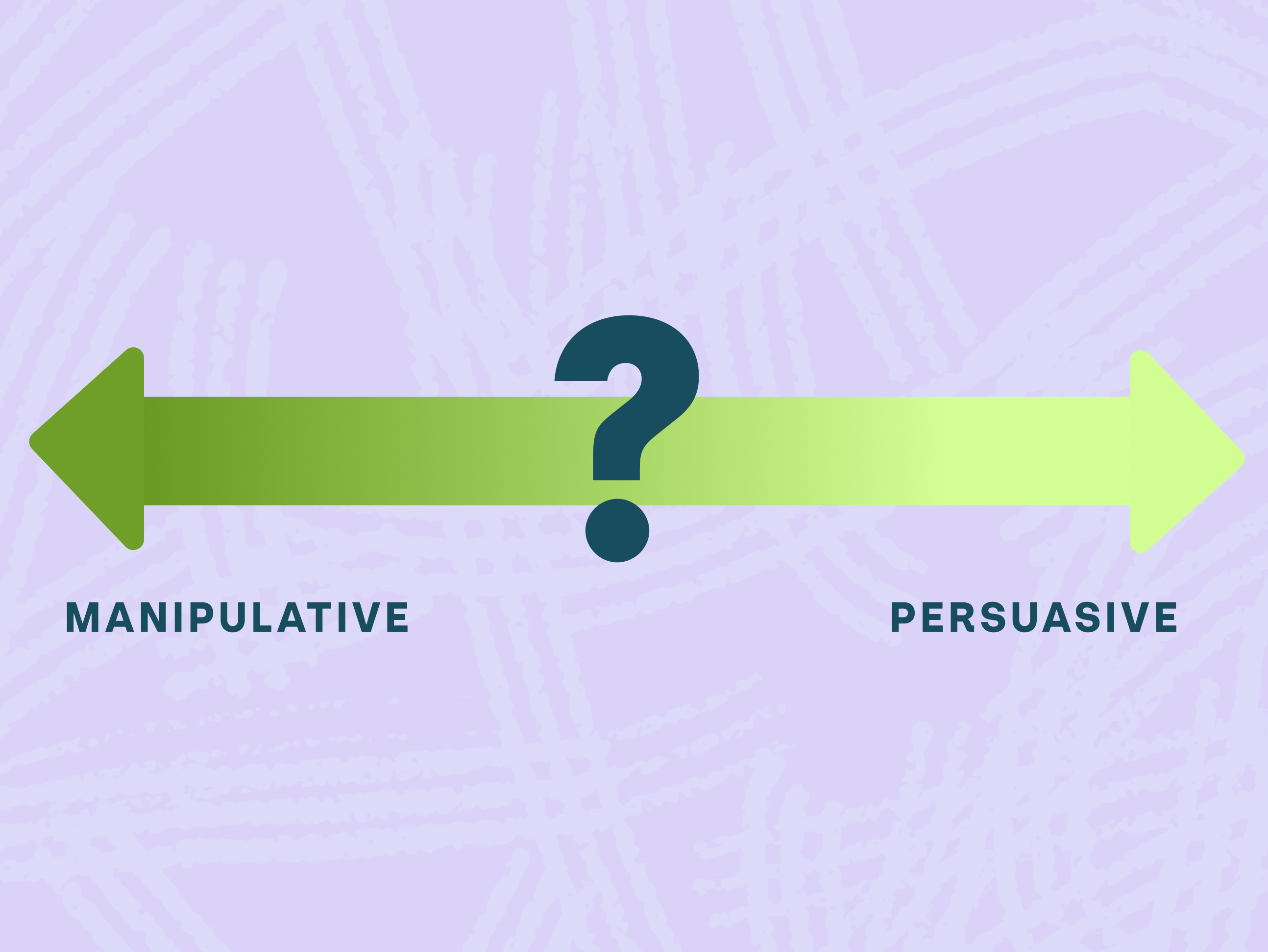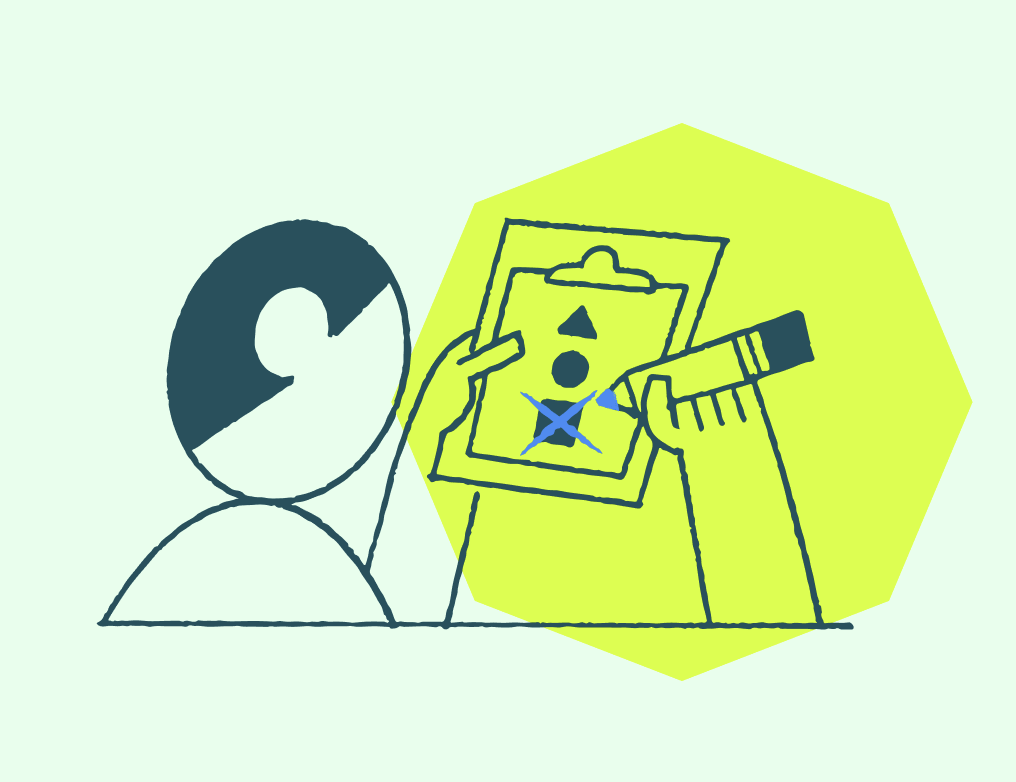How to Navigate Subjectivity Creep in Product Development
Three common scenarios and how to combat it.

Chances are, you've come across subjectivity creep, even if you didn't recognize it by name. It's that sneaky tendency for personal biases to seep into decision-making, sometimes swayed by the opinions of the most outspoken folks in the room.
Subjectivity creep is problematic for all sorts of reasons, but it's particularly detrimental to good product strategy. Why? Because good product strategy relies on objective, data-driven decision-making.
That seems like a no-brainer. But personal bias has a lot more influence on what product/feature/workflow gets built than we'd like to admit.
In a recent discussion with more than 30 product leaders, participants highlighted several ways that subjectivity creep can manifest in product teams if left unchecked.
Feature prioritization

You're a new Product Manager (PM) to the organization and based on the data you have about users, you believe you should prioritize feature X, but your boss is putting pressure on you to prioritize feature Y.
You're not exactly sure why they are so confident in this particular feature—but then again—they have successfully built companies before so they must know something you don’t. You prioritize feature Y.
What's at play.
Authority bias: when we attribute greater accuracy and validity to the opinions of an authority figure. The PM prioritizes the boss's feature idea over their own data-backed perspective due to their authority.
How to combat.
PMs should have objective data to support their decisions—and the autonomy to make the decision. When you have data to support your viewpoint, it’s easier to speak up and respectfully disagree with an authority figure.
In this case, It's the boss's responsibility to actively work to avoid authority bias by fostering a culture of empowerment and one that encourages open discussion. The boss should share their perspective, of course, but they should emphasize that their viewpoint is one of many data inputs for the PM to consider and not a directive. (If you just rolled your eyes…I know this is really hard to achieve in real life. But we can dream can’t we?)
User Experience (UX) Design

Your designers remove the home icon from the navigation of your website because it's common knowledge that clicking on a logo takes you back to a home screen. Now you're overrun with user complaints that they can't navigate back to the home screen.
As it turns out, your users are below average tech savviness and what's common knowledge for your designers isn't common knowledge for your users. Whoops!
What's at play
Curse of knowledge bias: when people unknowingly assume that others have the same background knowledge and understanding as themselves.
How to Combat
Working against this is especially important in industries like healthcare, where the user base is vast and the implications can impact care. Remember to note your assumptions and validate when appropriate through user testing with a representative audience. Additionally, test early in the design process to catch issues before the design is shipped. Remember that user testing and validation can be lightweight and fast!
Data Interpretation

You just ran an unmoderated user study and 4 out 5 users said X. One user said Y. When you show the recording to your VP of Sales, they say "This is awesome. Let's definitely do the thing I suggested because that one user said Y." You think to yourself, did we really just watch the same recording?
What's at play
Confirmation bias: when people seek out information that confirms what they already think and ignore information that contradicts it. In this case, 4 users said something that contradicts the VP’s belief, but they only heard 1 user that provided info to reinforce their belief.
How to Combat
While I always encourage transparency and sharing raw data, you should summarize the data and state the findings & recommendations. Don't let others come to their own conclusion, especially if you know they tend to wear blinders and seek out data that confirms their own opinion.
And since you asked (okay, I know you didn't), YES….these are all real-life examples. Live and learn though, am I right?
We all fall prey to personal biases, including Product Team members and the ranks of folks they report up through. The best leaders, regardless of functional area, recognize these biases, name them when they see them at play, and work hard to create a culture that values diversity, fosters inclusivity, and champions objective decision-making.
What's next?
Have a project you’re working on and need some support? Reach out to us.
Do you just want to chat about product, UX, research, process, and methodologies? We’re down for that too. Let's chat.
Do you want to avoid talking to another human being right now? We get it. Sign up for our Curious Communications newsletter to stay up to date on all things UX and other curiosities. We’ll hit your inbox every few weeks.
Check out our Ultimate Guide to UX Research & Product Design Services
Looking for insights for healthtech product leaders, delivered to your inbox every few weeks? Sign up for our newsletter.
Currently exploring
UX Mastery



.svg)
.svg)
.svg)
.svg)
.svg)
.png)


.svg)

